Hemp, Hulled:
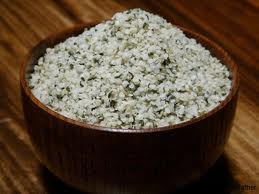
Hemp is one of the richest vegan sources of essential fatty acids (EFAs). Deemed “essential” because we must obtain them through diet, EFA’s soothe inflammation and promote brain health. Hemp also provides carotene, phytonutrients, chlorophyll and minerals. Great nutty taste; use in baked goods, smoothies, on salads and more. Hemp is one of the rare sources of all the amino acids the body needs.
Amaranth
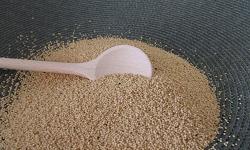
A favourite for gluten-free cooking, amaranth contains more protein than other gluten-free grains, and is rich in dietary fibre, magnesium, calcium and iron. This Aztec seed is a “near complete” vegan protein with all 9 essential amino acids, and a good amount of the amino acid lysine, which many grains are deficient in.
How to use: Amaranth flour helps foods brown and pairs well with brown sugar or maple syrup. Use up to 20% amaranth flour in recipes. Whole amaranth cooks on the stovetop in about 20 minutes and can be mixed in pilafs or enjoyed as hot cereal. Amaranth can also be “popped” like corn. To “pop,” preheat a pot or skillet over high heat (must be very hot), and add amaranth one or two tablespoons at a time (adding too many at once can cause them to burn). Stir the seeds with a spoon and remove from pan as they pop.
Buckwheat

Buckwheat is actually a seed and not wheat at all; in fact it’s gluten-free! Its pyramid-shaped groats are rich in manganese, magnesium, copper, zinc and dietary fibre. Buckwheat also contains two flavonoids that help promote health-and quell inflammation: rutin and quercitin. The protein in buckwheat is also high in quality and well balanced with all eight essential amino acids, including lysine.
How to use: Enjoy roasted whole buckwheat in pilaf, granola, kasha or tabouleh recipes. Buckwheat flour can replace up to half the rice, bean, sorghum or soy flour in gluten-free pancakes and baked goods. When cooking whole buckwheat for dishes where it’s desired the grains hold their shape, such as tabouleh, coating the groats in egg or oil, then heating in a skillet till dry is recommended.
Spelt
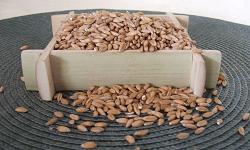
This easy-to-digest wheat “cousin” contains far less gluten and more protein than wheat. Though not gluten-free, spelt is tolerated by many who can’t eat wheat. It’s nutty flavour gives it a distinctive taste, and its nutrients and fibre are very digestible because spelt dissolves easily in water.
How to use: Spelt can replace wheat flour with minor recipe changes, such as using less liquid than when baking with wheat. It’s a favourite for all types of baked goods. Whole cooked spelt is delicious in risotto, pilafs, salads and more.
Polish (Khorasan) Wheat
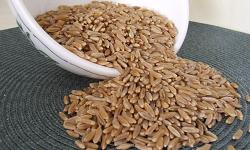
Polish Wheat is the product name for a nutritious ancient grain known also known as Khorasan wheat, which originated in the Middle East. Its unique, buttery flavour gives it the nickname “the sweet wheat.” It is nutrient dense and highly digestible, and some people who cannot tolerate wheat are able to enjoy Polish Wheat. With more protein than wheat, it also delivers a healthy complement of complex carbohydrates. Polish Wheat also has a high mineral content, and is noted for its concentration of selenium. It also contains zinc, magnesium, vitamin E, thiamin, riboflavin, phosphorus, magnesium, zinc and copper
How to use: Polish Wheat cooks easily and is delicious in pilafs with bulgur and a wide range of dishes. It’s a popular base for homemade pastas, and makes tasty warm salads. Digestible Polish Wheat has also been used as a baby food.
Millet

Tiny, gluten-free and packed with nutrition, millet isn’t just for birdseed! Millet acts as a “prebiotic” in the body, feeding the good bacteria (“probiotics”) in our digestive systems. High in calcium and B vitamins, millet also contains the amino acid tryptophan, which helps decrease stress. It’s also a source of phosphorous, dietary fibre, manganese and magnesium.
How to use: Millet cooks in minutes. Try it in homemade croquettes, pasta dishes, in grain pilaf or in pancakes, or as hot breakfast porridge.
Chia
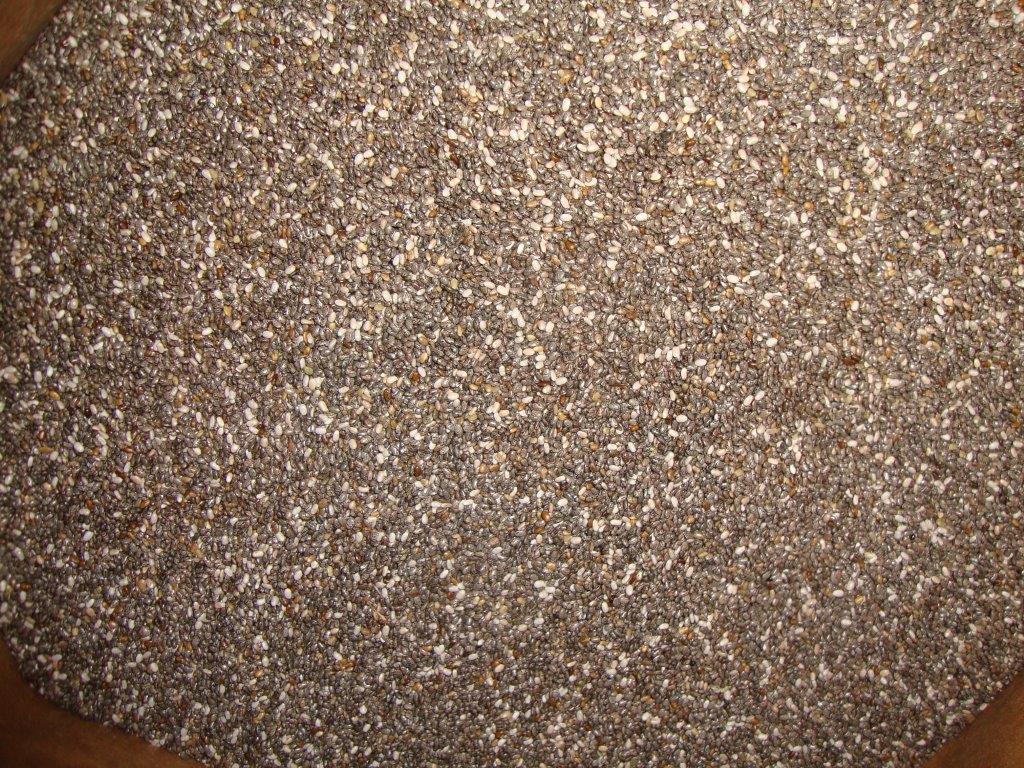
“Chia” means strength in Mayan, and Aztec warriors sustained themselves on this energizing “super seed.” Extremely high in protein, chia contains all 9 essential amino acids we need along with calcium, magnesium and vitamins. Chia also absorbs water to fight dehydration. Use in baking, smoothies, sprinkled on yogurt, salads and more.
Flax


Flax is one of civilization’s oldest treasures. Modern science confirms its value. Nearly 1/3 oil, flaxseeds are a rich source of healthy plant lignans, ALA (Alpha Lipoic Acid), Omega-3 essential fatty acids and fibre. Delicious in baked goods, smoothies, sprinkled on salads, yogurt and more. At Grainworks, we carry two types of flax: Brown Flax and Golden Flax.
Milled Flax
Carefully milled in small batches to preserve vital Omega-3 essential fatty acids and fibre. Milled flax is a convenient way to enjoy flax’s health benefits. Delicious in baked goods, smoothies, sprinkled on salads, yogurt and more. Milling flax makes the nutrients much more accessible to your digestive system. We recommend storing in the refrigerator after opening to keep essential oils at the peak of freshness.
Quinoa
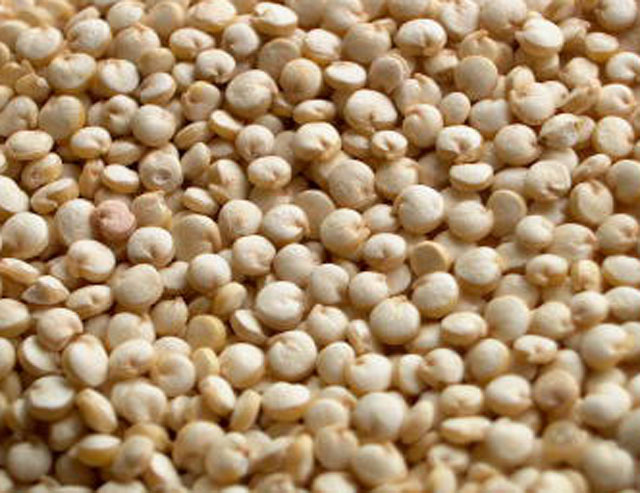
Gluten-free quinoa (pronounced Keen-wa) is a traditional South America “superfood” rich in protein with a nearly complete amino acid profile. A good source of fibre, calcium, phosphorous, iron, B vitamins and complex carbohydrates, quinoa is also super practical: it cooks in minutes and can be used in a wide range of recipes, with an awesome ‘nutty’ flavor.
